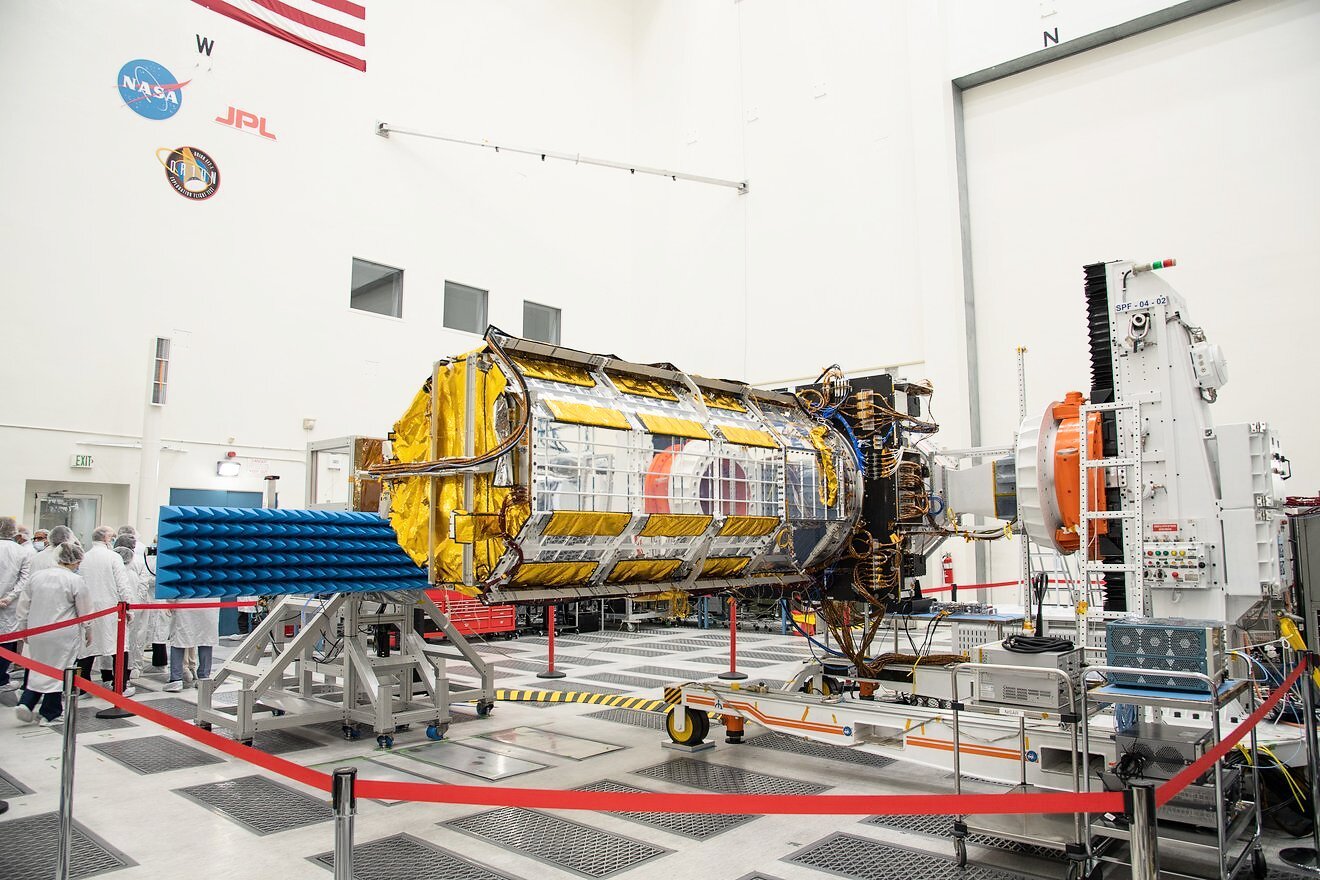
views
Almost a year from now, the Indian Space Research Organisation (ISRO) will launch its mighty GSLV from Sriharikota in Andhra Pradesh carrying an advanced Earth Observation Satellite that will track the changes on land in unprecedented detail.
The joint mission led by ISRO and US-based National Aeronautics and Space Administration (NASA) will map the entire globe with 12 days’ regularity over the next three years, and even see places that were obscured until now.
Mission NISAR — short for NASA-ISRO Synthetic Aperture Radar — has been eight years in the making. The scientists from both countries navigated through a long pandemic to give finishing touch to the two unprecedented radars built for short and long wavelengths. While the US scientists built the L-band SAR payload system, their Indian counterparts readied the short S-band SAR payload.

Both these systems together form NISAR, along with a mega reflector antenna with a diameter of about 12 metres, which will unfurl once the satellite is placed into orbit. The drum-shaped antenna is considered to be the largest that NASA has flown into space for any science mission before. The on-board cameras developed by Indian scientists will help see the final deployment once the rocket ascends into space early next year.
WHAT MAKES IT UNIQUE?
There are a lot of earth-observation satellites in space, but the team promises that NISAR is unlike any other. Scientists explain that there are still wide areas on the globe that they have not been able to study as consistently as they would like to, mostly due to the rough weather, or dense clouds immediately after a cyclone or flood.
NISAR will give them that capability to see through those clouds with utmost precision day and night for the next three years. The radar’s signals can pierce through the densest clouds, and extensive vegetation on Earth to penetrate into its top layer. It will generate voluminous data way more than any other earth observing mission collected so far — with a resolution and precision that has never been done before.
In fact, the radars can detect changes as small as 10 metres, which will enable experts to study changes in urban areas or even city blocks as well as small agricultural fields. The signals transmitted from the radar will bounce off Earth and be received by the satellite and would be used to study how the Earth is changing.
MEASURE CLIMATE CHANGE IMPACT, PREDICT DISASTERS
Once the radar is placed in space next year, it will start collecting huge amounts of data of how the Earth including the land and ice-sheets are changing down to fractions of an inch. It will help in studying how fast the ice-sheets are melting, the glaciers are moving and the sea-levels are rising as impacts of global warming intensify. It will also be able to detect the depletion in the groundwater levels, and how much of it has affected the nearby regions and whether there is any sinking of the land.
There will be enough data to study how the forests are undergoing a change, and if there is any depletion in the tree cover. There will be data to examine changes in coastal areas, which are prone to climate-induced hazards.
If the mission is successful, it will also empower scientists with data that can be helpful in predicting the most challenging natural hazards – the earthquakes, volcanoes and the landslides. The radar signals can penetrate the earth and vegetation on it and detect if the layer is beginning to slip – early signs of a landslide or an earthquake. It can also track the movement of magma inside a volcano and if it is coming up – warning signs of an active volcano, as well as several other disasters whose frequency and intensity has increased due to climate change.
The data which can go up to almost 80 terabytes a day — can also be beneficial for the agriculturists, as the radar will provide high resolution data of soil moisture. This can help experts detect early signs of droughts or wildfires with much more precision.
WHAT NEXT?
Scientists have spent a lot of time making the advanced radar stable enough to sustain itself in space. They were hard at work even during the pandemic with most discussions happening through online conferences. Both the radars built in the US and the other in India are now ready and integrated into one unit by scientists at California’s Jet Propulsion Laboratory (JPL).
The scientific instrument is now ready to be transported to India in the coming weeks to be further tested and finally integrated with the spacecraft bus. ISRO will now steer the final journey of the mission over the coming months before it is cleared for launch in January 2024 from Satish Dhawan Space Centre in Sriharikota.
Read all the Latest India News here




















Comments
0 comment